11111
I kēia mau lā, i ka nani hoʻolālā, ʻaʻole ʻo ka façade wale nō ka waho o ka hale, akā he hui pū kekahi o ke ʻano hoʻolālā o kēia wā, ka hana hale a me ka nohona hou. ʻO ka alumini hoʻonui i hoʻonui ʻia, ma ke ʻano he ʻano mea hana hale façade hou, ua lilo mālie i huahana koʻikoʻi i ka hoʻohana ʻana i ka façade hale. Hoʻohana nui ʻia i nā hale hou. Hāʻawi ka metala i hoʻonui ʻia i ka nani ʻike a hiki ke pāʻani i kahi kuleana koʻikoʻi i ka palekana, ventilation, pale pilikino a me nā mea ʻē aʻe.
The role of Expanded Metal in Façade design:
With the advancement of modern urbanization, more and more architectural designs need to meet the functional requirements of buildings while also considering the aesthetics of architectural design and the coordination with the environment. Expanded Metal, as a highly three-dimensional material, can provide a favorable solution for Façade design. This unique mesh structure can not only effectively achieve beautiful light and shadow effects, but also enhance the overall layering and dynamics of the building façade.
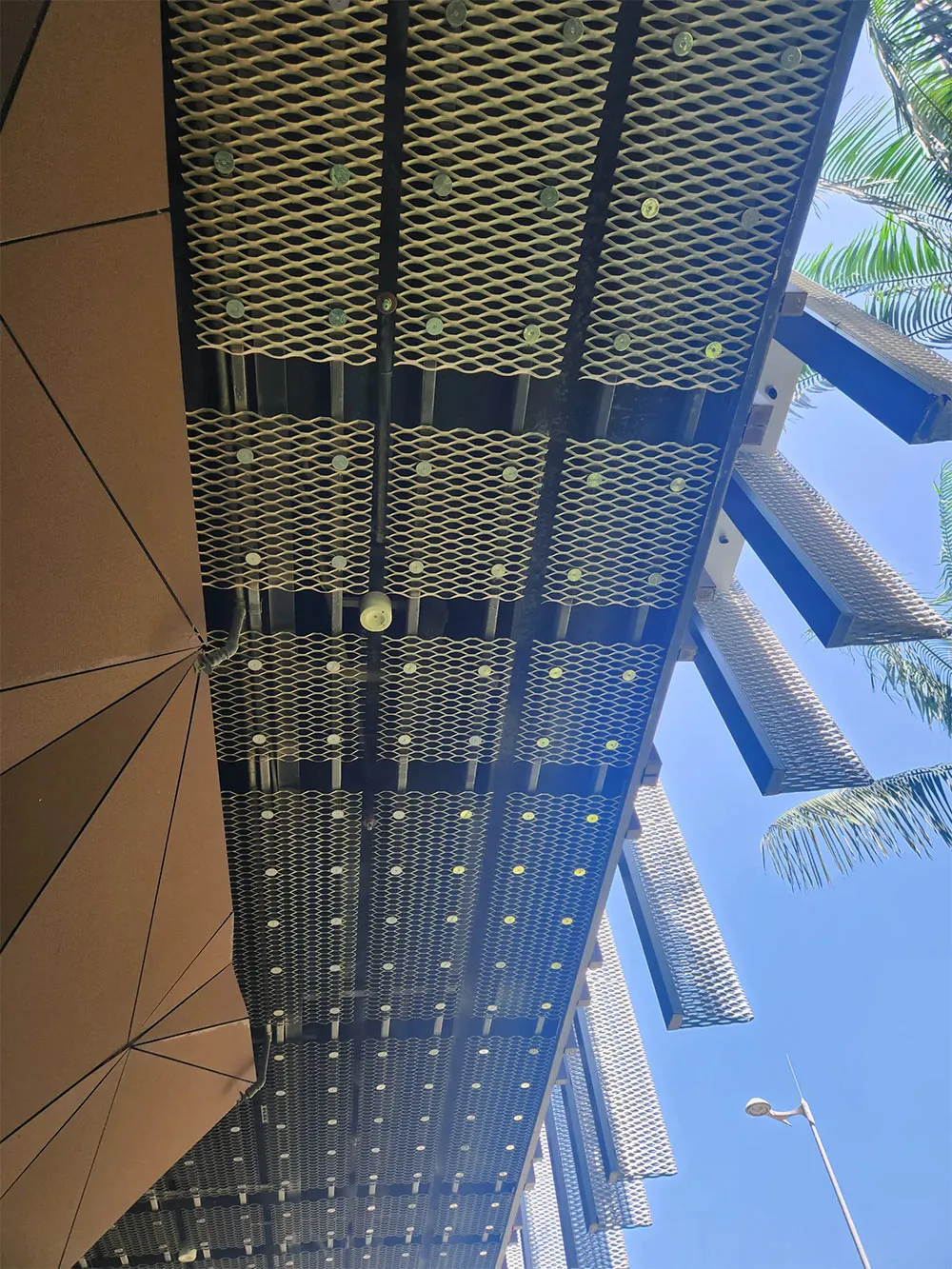
ʻO ka hoʻohui ʻana o ka nani a me ka hana
The grid structure of Expanded Metal can improve the ventilation effect of the entire building while ensuring the visual effect. It is mainly used in façade decoration in commercial buildings, public facilities, residential areas, etc. For example, the exterior of a building made of expanded metal can present a diamond effect of light and shadow under the sun, enhancing the decorative art of modern style. At the same time, the permeability of expanded metal ensures the circulation of air, which helps the ventilation exchange effect between the inside and outside of the building and maintains good indoor air quality.
E hoʻomaikaʻi i ka palekana a pale i ka pilikino
I kēia mau lā, i loko o kekahi mau hale kiʻekiʻe a i ʻole nā hale kaona, he mea nui ka pale ʻana i ka pilikino no ka hoʻohana ʻana i nā hale noho a me nā ʻoihana. He hopena pale maikaʻi ka metala i hoʻonui ʻia a hiki ke pale i ka pilikino o ka poʻe i ke kaiapuni ma nā wahi kūʻokoʻa a i ʻole kālepa. I ka manawa like, lawe mai kāna mea metala paʻa i ka palekana i ka hale a pale pono i ka pōʻino o waho.
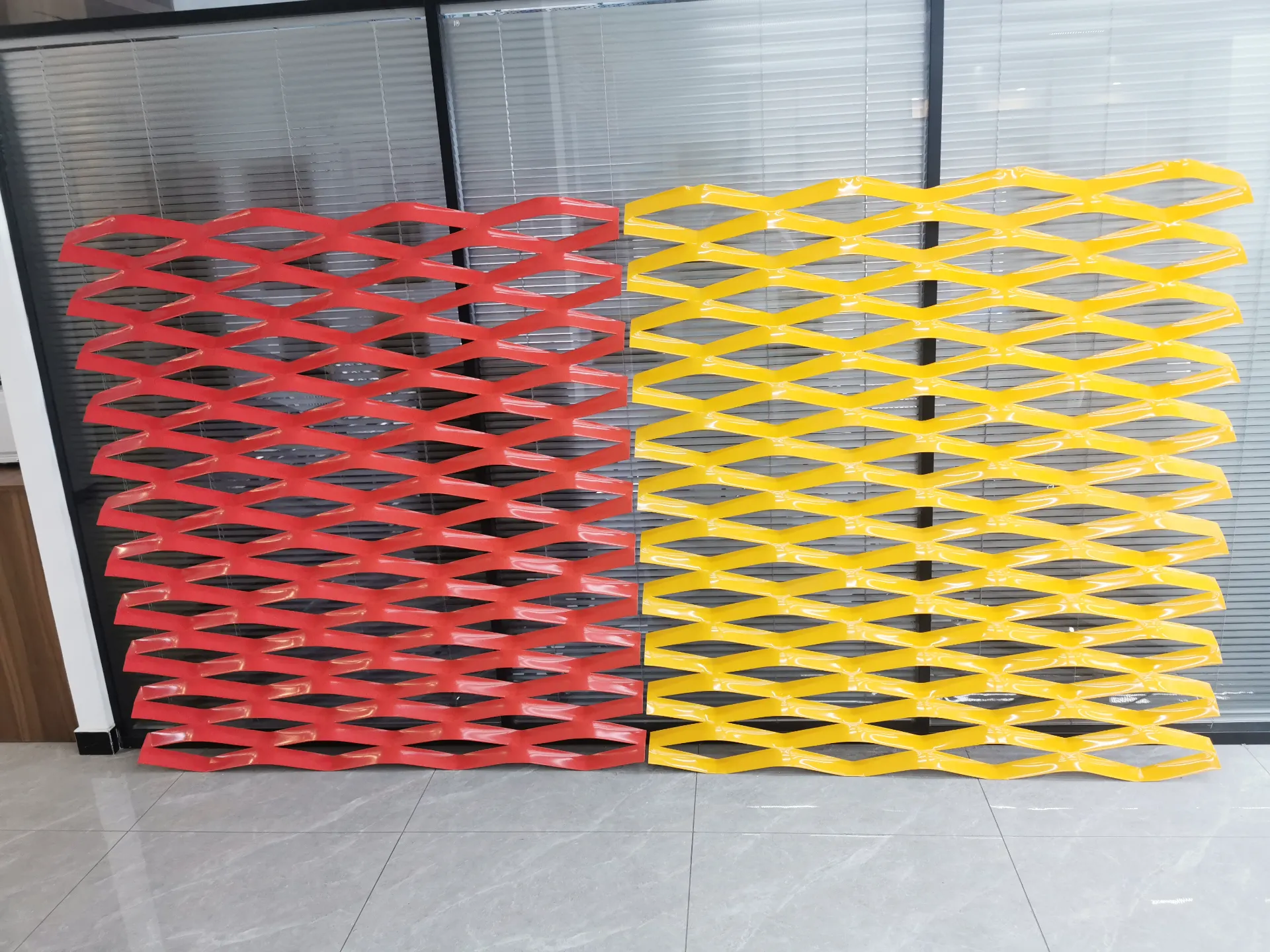
ʻO ka hoʻomau a me ka palekana kaiapuni
Expanded metal mainly uses aluminum alloy materials in architectural façade, and there is almost no waste generated during the production process, and it is recyclable, which makes it a green building standard today. The use of expanded metal can reduce dependence on traditional materials and reduce resource waste, thereby greatly reducing the impact of construction waste on the environment. In addition, aluminum alloy expanded metal is durable, not easy to corrode, easy to clean, and can effectively extend the service life of the building façade and reduce the frequency of maintenance.
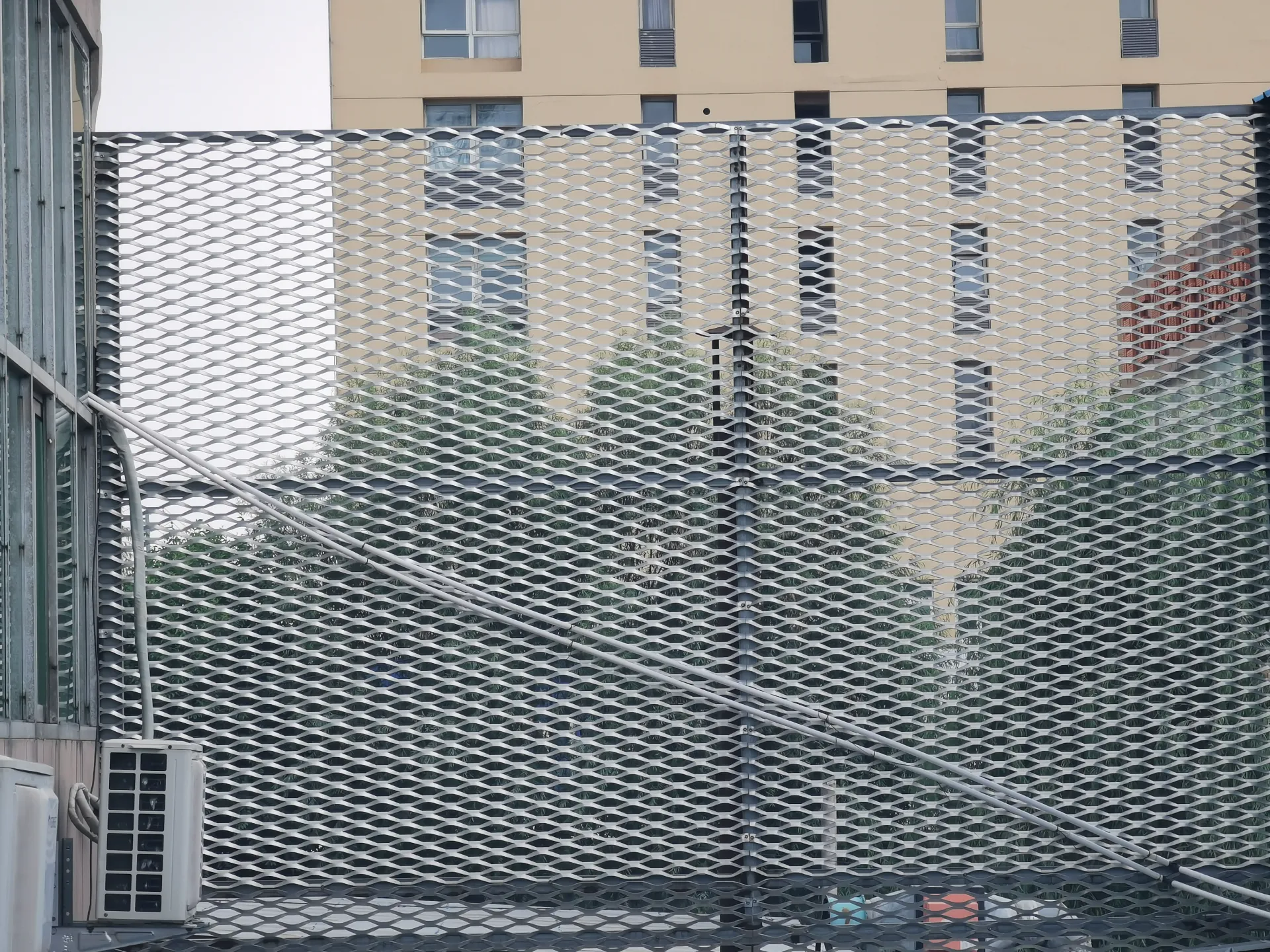
Ka hopena
Me nā kūlana hoʻolālā minimalist hou, lawe mai ka metala hoʻonui i ka nani a me ka hana i nā hale. He mea hou nō hoʻi ia i lilo i mea hoʻonaninani pono ʻole i ka hoʻolālā o kēia wā me kāna hoʻolālā mesh kūʻokoʻa a me nā pono hana. Inā ma nā hale kūʻai kiʻekiʻe, nā hale noho, a i ʻole nā hale aupuni, hiki i nā metala i hoʻonui ʻia ke lawe mai i kahi hopena ʻike kupanaha.
NEXT:
ʻO kēia ka ʻatikala mua

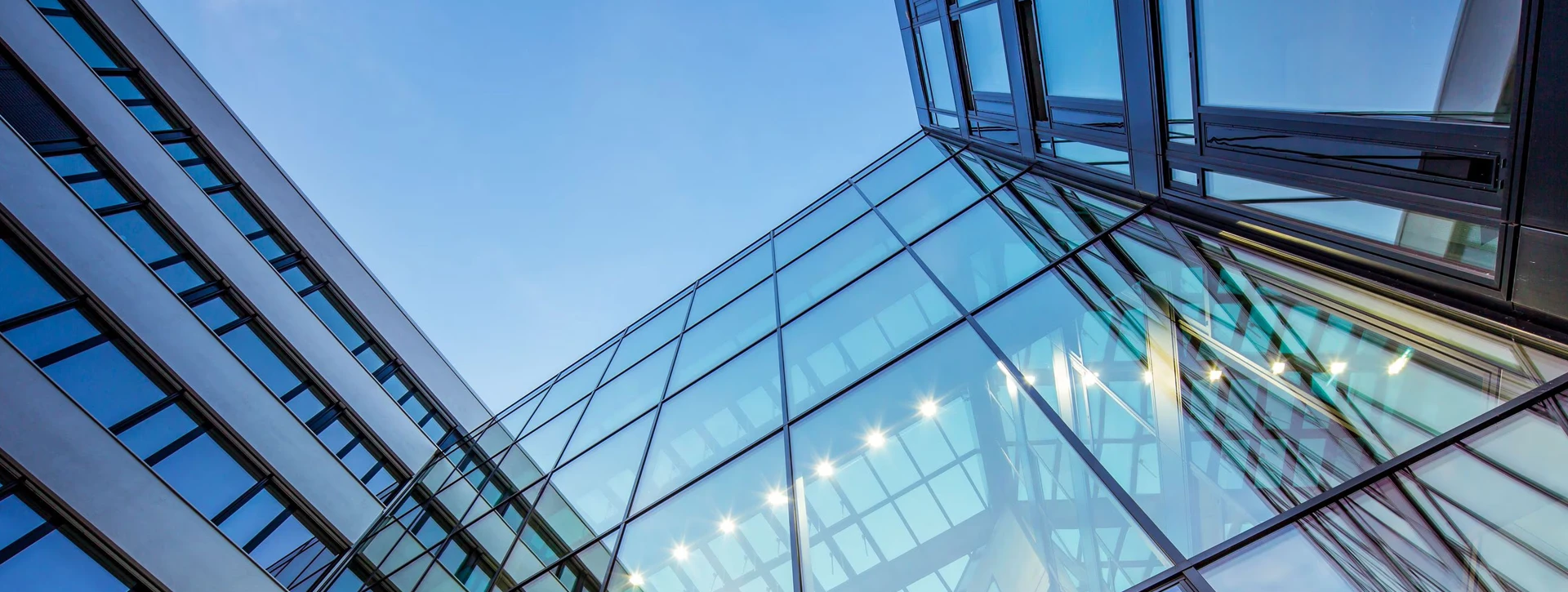
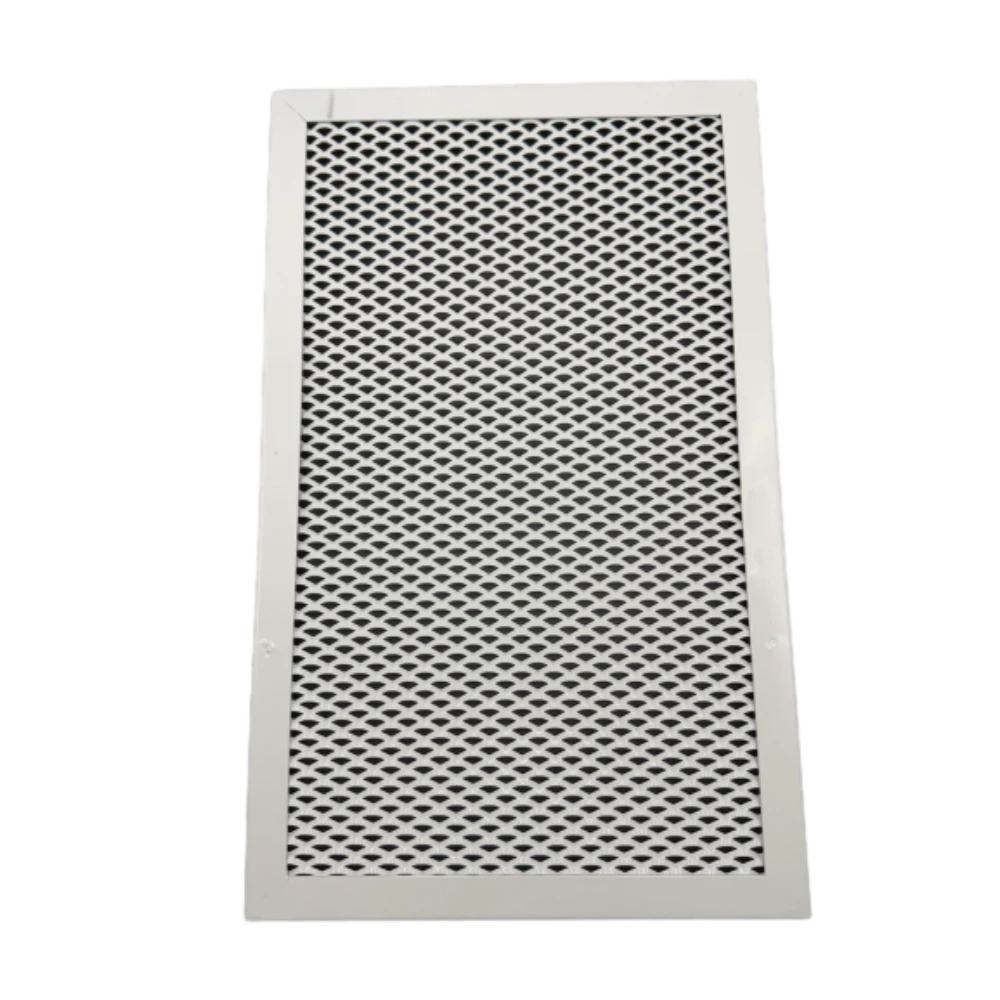
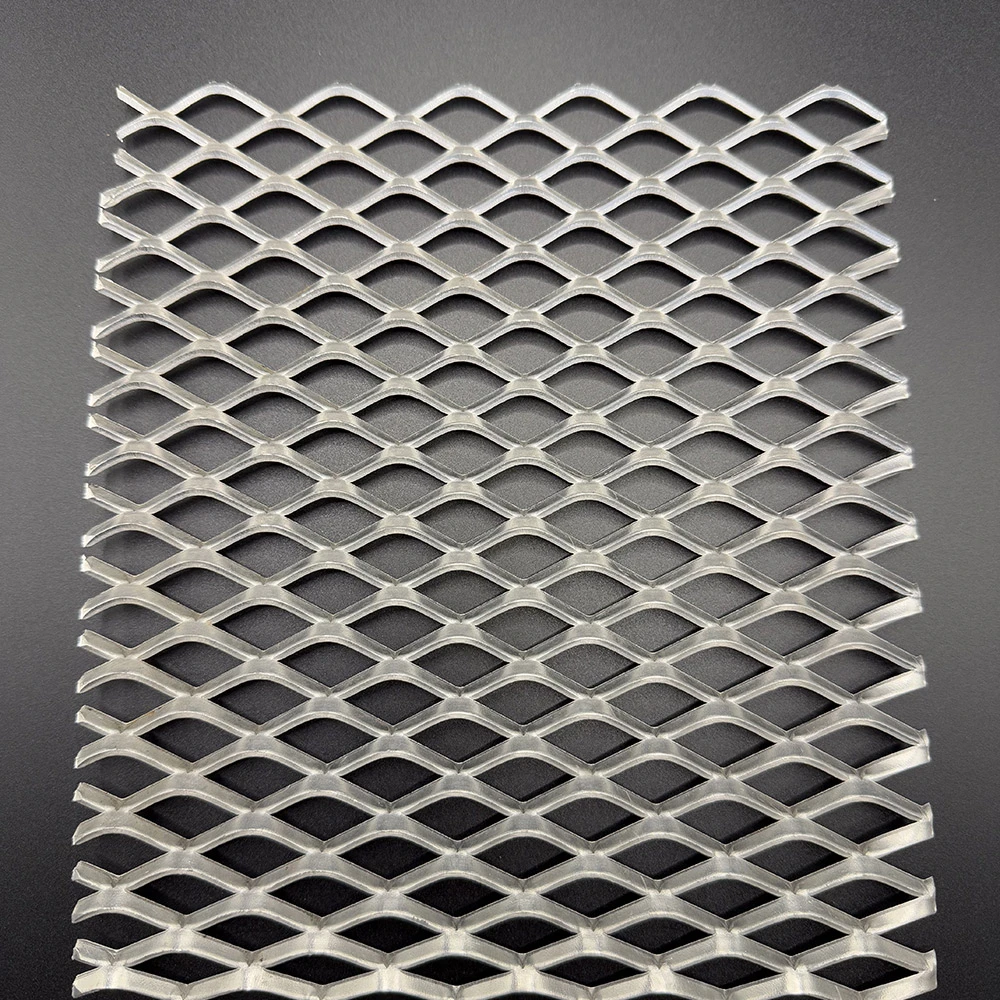
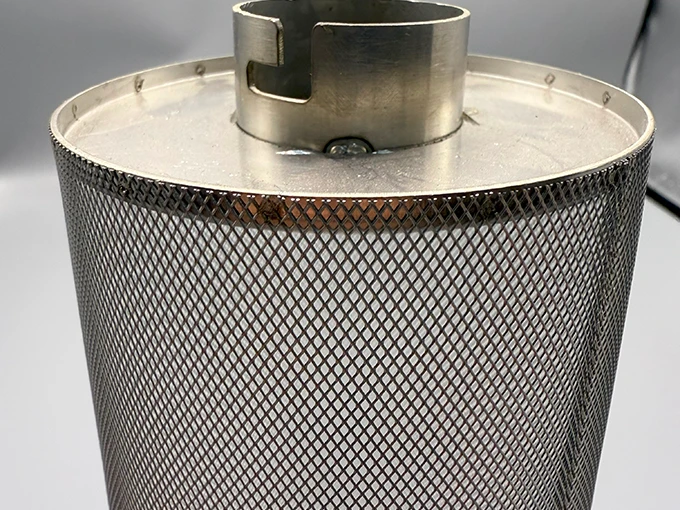
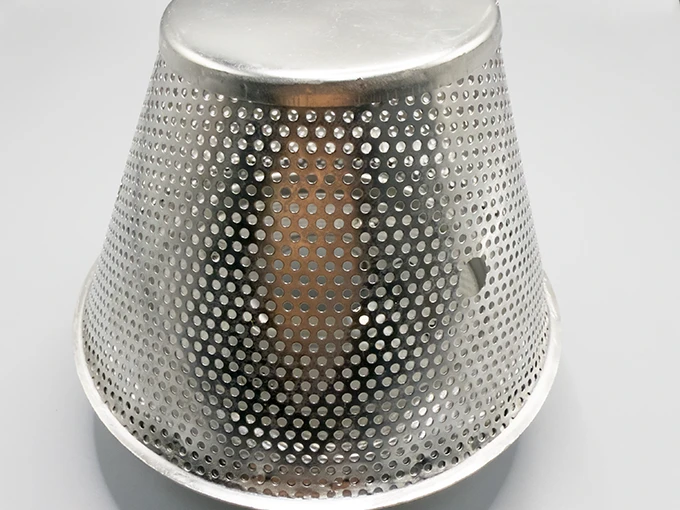













![$item[title] $item[alt]](https://www.ccmetalmesh.com/images/cc-7691.webp)

